FAQ
What does it mean - lengthwise/crosswise plywood sheet?
These terms indicates direction of wood grain in relation to longer side of the plywood sheet.
In crosswise plywood the direction of wood grain is perpendicular to the longer side of the sheet (see picture 1)
In lengthwise plywood the direction of wood grain is parallel to the longer side of the sheet (see picture 2)
Where can I find your prices?
Calculating a price depends on many factors which need to be clarified first. Therefore, we decided not issue any general price list and we rather prepare the price directly for you.
How do you pack your goods?
The goods is packed into pallets/packs. Our standard pallet/pack is 600mm high. We are also able to pack the goods according to customer's demand, however pallet/pack shell not weigh more than 2500kg.
What is the weight of your plywood?
Standard density of beech plywood is 800 kg / m3
What is your usual lead-time?
The lead-time depends on type of product which you request, it's quantity.
Our aim is to prepare standard goods for loading within 3 - 4 weeks after receiving a purchase order.
For special products such as DYAS pyroplex, DYAS absorbtion and DYAS formaldehyde free we aim to prepare the goods for loading with 4 - 5 weeks after receiving a purchase order.
To get an exact loading date please contact our sales department.
What is the difference between FSC and PEFC certificate?
Both certification systems follow the way of raw wood to the user. The system C-o-C (chain of custody) guarantees in both cases, that the final user will get a product made from wood coming from forests managed in a sustainable manner.
PEFC - The main mission of the PEFC is setting a transparent system for assessing sustainable forest management and monitoring the flow of certified wood from the forest to the final product. In the forest management is evaluated whether it is environmentally appropriate, socially beneficial and economically viable.
FSC - The basic idea of FSC is to support environmentally responsible, socially beneficial and economically viable forests management around the world, and thereby helping to protect disappearing, threatened and devastated the world's forests.
What certificate do you have PEFC or FSC?
All our goods is PEFC certified.
What glues do you use in your products?
We use three common glues known in plywood industry. You can find what type of gluing we offer for each product in the product list.
Gluing class 1 (IF 20) - ČSN EN 314-2
This is intended to be used in interiors according to ČSN EN 636.
Gluing class 2 (A 100) - ČSN EN 314-2
This is designed for protected outdoor environment according to ČSN EN 636.
Gluing class 3 (AW 100) - dle ČSN EN 314-2
This is designed for outdoor environment according to ČSN EN 636.
Do you also have a Declaration of Performance (DoP)?
Yes, you can download this Declaration of Performance, when you click on Products and then choose the product you need.
Do you also supply other than beech plywood?
Our company specialized in production of beech plywood, but we are also ably to supply you with spruce plywood and in limited quantity birch plywood.
What does full-truck load mean?
The full-truck load is when the weight of the complete order is about 24 000kg, which is the weight limit for trucks.
What do quality B, BB, CP mean and what is the difference?
Marking B, BB and CP expresses the defects and in what size or number are allowed or vice versa are not allowed on the surface of plywood sheet. Below you can see some of certain defects and their quantity allowed or not allowed on surface for each quality.
Quality B
- Open cracks are allowed only if they are puttied and no discoloration, size width max. 3mm and 150mm length, max. quantity 3 in width of the sheet
- Dark coloration caused by core is not allowed
- Splicing veneers - clearly spliced veneer sheets are allowed in correct colour with strips in min. width 20cm
- Reparations - patches and insertions - are not allowed
Quality BB
- Open cracks are allowed only if they are puttied and no discoloration, size width max. 5mm and 250mm length, max. quantity 3 in one meter of the sheet width
- Dark coloration caused by core - only mild dark coloration caused by core is allowed
- Splicing veneers - Parallel strips in correct colour are allowed
- Reparations - patches and insertions are allowed in quantity of 3pcs / m2 and have to be in correct colour
Quality CP
- Open cracks are allowed only if they are puttied, size width max. 10mm and max. length is half of the board, max. quantity 5 in one meter of the sheet width
- Dark coloration caused by core is allowed
- Splicing veneers is allowed
- Reparations - patches and insertions are allowed without any limitations
Contacts
|
||||||||||||||||||||||||||||||||||||||||||||||||||||||||||||||||||||||||||||||||||||||||||||||
History of Dyas.EU, a.s. company
|
In the beginning the plant was set up only for plywood production in both dry and wet conditions (pressing per 10 pieces in one deck with subsequent drying). Early plywood production methods cannot be compared to the methods used today. 16 pressing cycles per 8 hours were completed on one shift. In 1932 blockboard production was small, usually only approximately 100 pieces per day of rod structure blockboard were produced (spruce veneer core with a thickness of 7 mm). The production expanded significantly in 1934-1935, when annual output reached 4,550m3 of Plywood, and 1,500 m3 of blockboard. The output gradually increased with the introduction of new machinery, and in 1938-1940 reached 4,800m3 of plywood, 2,800m3 of blockboard and 1,200m3 door boards. The processing of veneer waste started in 1935-1936. Using rather primitive pressing equipment during night shift, the first boards pressed out of wood chips and dust, so called "Dyazity" and "Dyaplány" were manufactured. Testing of this production was carried out until 1939 then replaced with using dust and waste for doors cores. During the years of German occupation, the plant focused on supplies for the armed forces (stocks, aircraft plywood, etc.). In 1945 the plant was gradually modernised and production increased, in 1969 the output passed 14,100m3 of plywood, 10,300m3 of blockboard, 461T of laminated wood and later, 100m3 of aircraft plywood. In recent times the plant has introduced production of moulded pieces, tubes, cross-overs, etc. |
|
About company Dyas
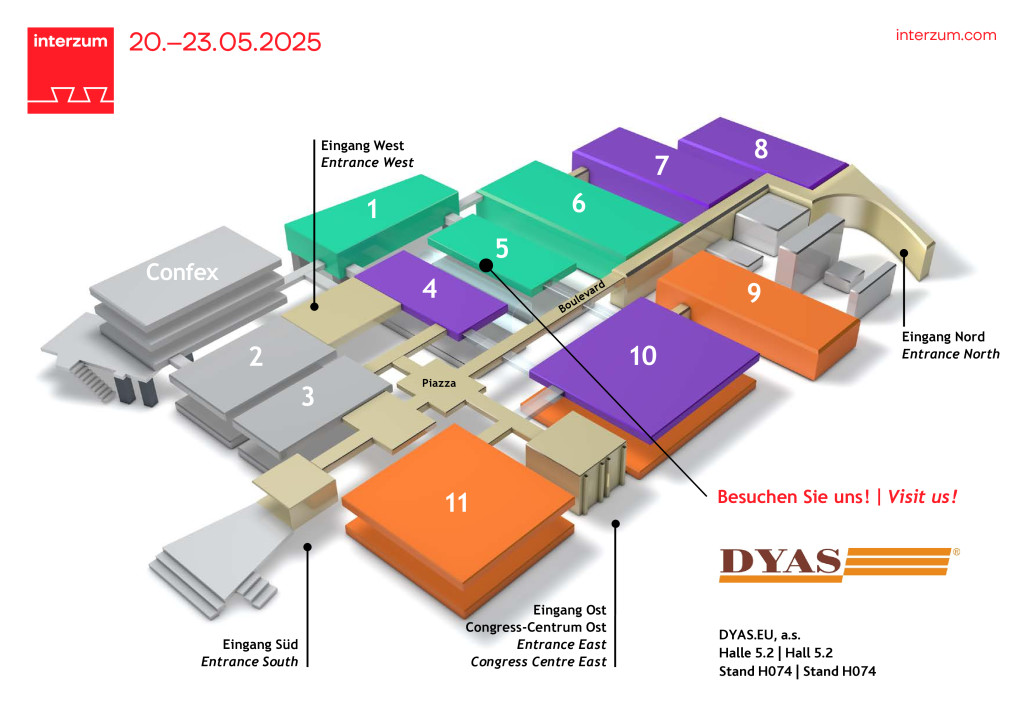
CARB II Test Certificate
We are pleased to inform you that our company DYAS.EU, a.s. obtained Test Certificate, which confirms that our products in gluing class 1 (interior gluing) meet the high standads of CARB phase II regulation.
You can find and download the Test Certificate in section “CERTIFICATES” or at the bottom of the page for all our products in gluing class 1.
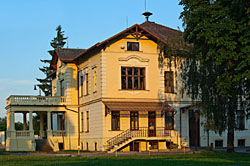
We have been in the plywood and blockboards branch since 1930. Our firm ranked among the first that focused on the production of beech plywood (all-beech) and this product also form the main part of production at present time. The other products are: beech plywood with softwood core, water-resistant plywood for general use, water-resistant plywood constructional with foil-finished surface, MULTIPLEX boards and frame laths.
The name DYAS is a synonym for high quality products, flexibility, accuracy and quickness in order execution. These facts follow from the quality control system according ČSN ISO 9002:1994. The functionality of the quality control system has been certified by Lloyd’s Register Quality Assurance.
"Our vision is to be a thriving, modern and flexible company which produces high-quality plywood materials, develops new products for its customers as well as the whole society, takes care of its employees and provides them with further education."


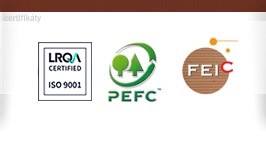




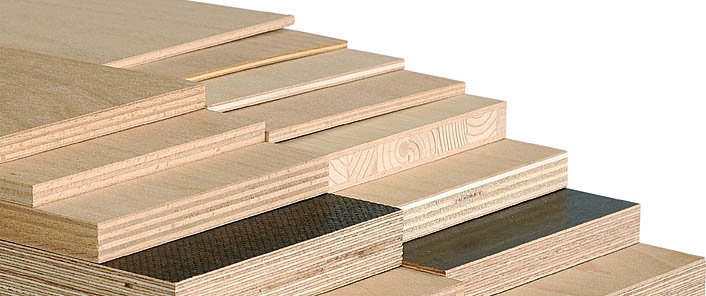
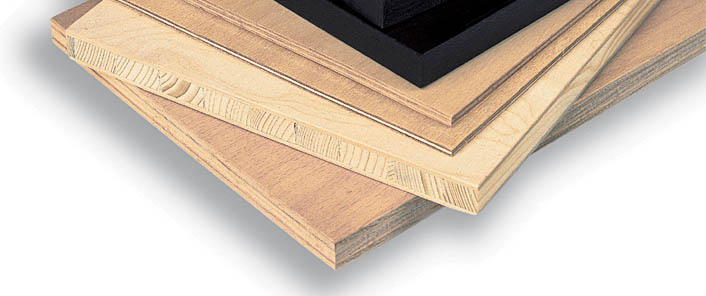
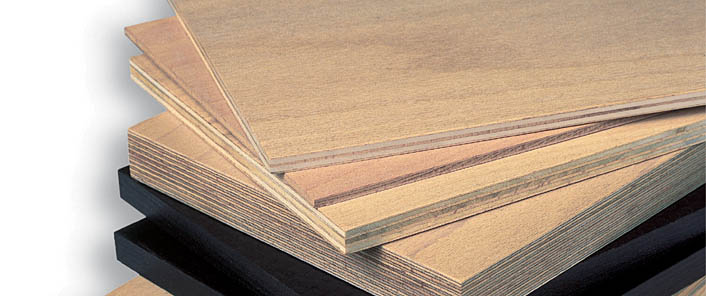
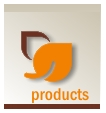
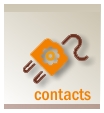

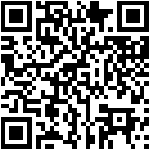
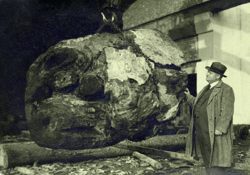 DYAS was established on 30th October 1930 as a joint-stock company, focused on the production of plywood and veneer. The plant was situated in the premises of a former sugar factory owned by the May brothers. One of the May brothers, Dr. Robert May, was also a co-partner of DYAS, when Mr. Roubíček was the major shareholder. During the first year, the sugar factory equipment was dismantled and removed, and the production equipment for plywood, blockboard and veneer installed. Production of plywood started in 1931.
DYAS was established on 30th October 1930 as a joint-stock company, focused on the production of plywood and veneer. The plant was situated in the premises of a former sugar factory owned by the May brothers. One of the May brothers, Dr. Robert May, was also a co-partner of DYAS, when Mr. Roubíček was the major shareholder. During the first year, the sugar factory equipment was dismantled and removed, and the production equipment for plywood, blockboard and veneer installed. Production of plywood started in 1931.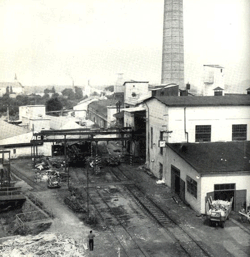 The first production equipment consisted of two Fleck peeling machines (3300mm and 1600mm) and very basic chamber driers for veneer. In 1932 other machines were installed and commissioned, such as Fleck veneer cutters, double-deck dryer, gluing machines and a Topik jointing machine. A Siempelkamp 12-deck pressing machine + a KSB 12-deck pressing machine were also installed with longitudinal and traverse sizing saws at this time. Two sanding machines were used for product finishing.
The first production equipment consisted of two Fleck peeling machines (3300mm and 1600mm) and very basic chamber driers for veneer. In 1932 other machines were installed and commissioned, such as Fleck veneer cutters, double-deck dryer, gluing machines and a Topik jointing machine. A Siempelkamp 12-deck pressing machine + a KSB 12-deck pressing machine were also installed with longitudinal and traverse sizing saws at this time. Two sanding machines were used for product finishing.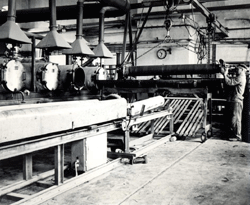 During the first year of production, approximately 230 employees worked for the company. Two-shift working was introduced in 1932, and some sites even started three-shift operations. In early production, the composition of basic raw materials used by DYAS, differed from that used today; until 1935, alder (mainly imported from Poland) was highly represented. The percentage of wood species used in production in 1934 was: spruce 2,34%, beech 6,13%, okume 34,25%, alder 26,09% and others 31,19%.
During the first year of production, approximately 230 employees worked for the company. Two-shift working was introduced in 1932, and some sites even started three-shift operations. In early production, the composition of basic raw materials used by DYAS, differed from that used today; until 1935, alder (mainly imported from Poland) was highly represented. The percentage of wood species used in production in 1934 was: spruce 2,34%, beech 6,13%, okume 34,25%, alder 26,09% and others 31,19%.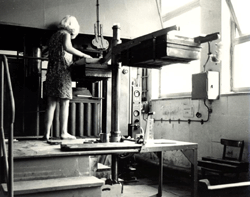 Until 1940, the gluing process used a mixture of albumin adhesive that was produced in the plant as well as casein adhesive. During the 'Protectorate' the company used adhesives made in Germany, including Tegofilm.
Until 1940, the gluing process used a mixture of albumin adhesive that was produced in the plant as well as casein adhesive. During the 'Protectorate' the company used adhesives made in Germany, including Tegofilm.